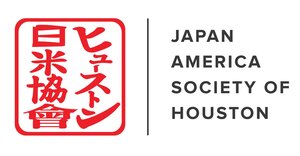Soba (蕎麦) is made from buckwheat flour and water, occasionally adding a bit of whole-wheat flour to keep the noodles from falling apart.
Depending on the season, soba is served either chilled with dipping sauce or in hot broth as a noodle soup. Cold soba is served on a bamboo tray called a zaru, thereby giving it the name zaru soba (ざる蕎麦). Zaru soba is served with green onion, seaweed, and wasabi. Hot soba has many variations such as tsukimi (egg), sansei (vegetable) and kamo -nanban (duck).
The tradition of eating soba in noodle form arose in the Edo period (1603-1868). Soba was most readily available in Tokyo street stalls for a casual meal. However, as it was discovered that soba was rich in Vitamin B and could prevent beriberi, soba consumption grew and spread throughout Japan.
Currently, soba noodles can be found everywhere from Japanese "fast food" establishments to expensive specialty restaurants. Markets sell dried noodles and men-tsuyu (instant noodle broth) to make home preparation easy as making soba by hand is an intensely complicated process that artisans spend years studying. The absolute best soba is made in small batches and sold fresh.
Japanese people customarily slurp when they eat soba. This is believed to help cool the noodles down, but it is also a way of showing just how much you are enjoying your meal.
Get soba to-go or have it delivered to your home from:
Izakaya Wa (open Wednesday-Sunday)
NIPPON Restaurant (open Wednesday-Sunday)
Let’s continue to support local Japanese restaurants!
—by GEN-J Facilitator Keiko Tsubokura

